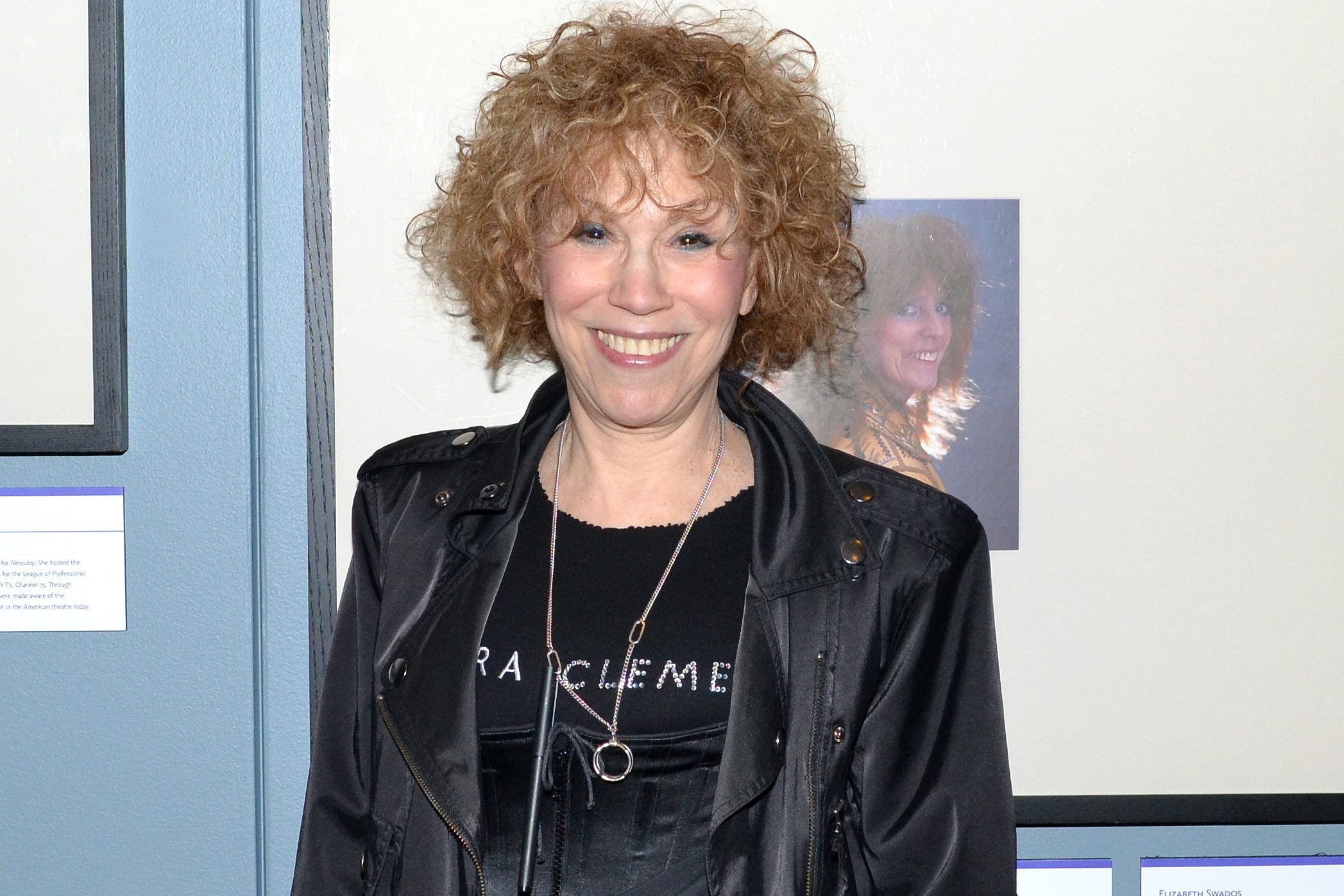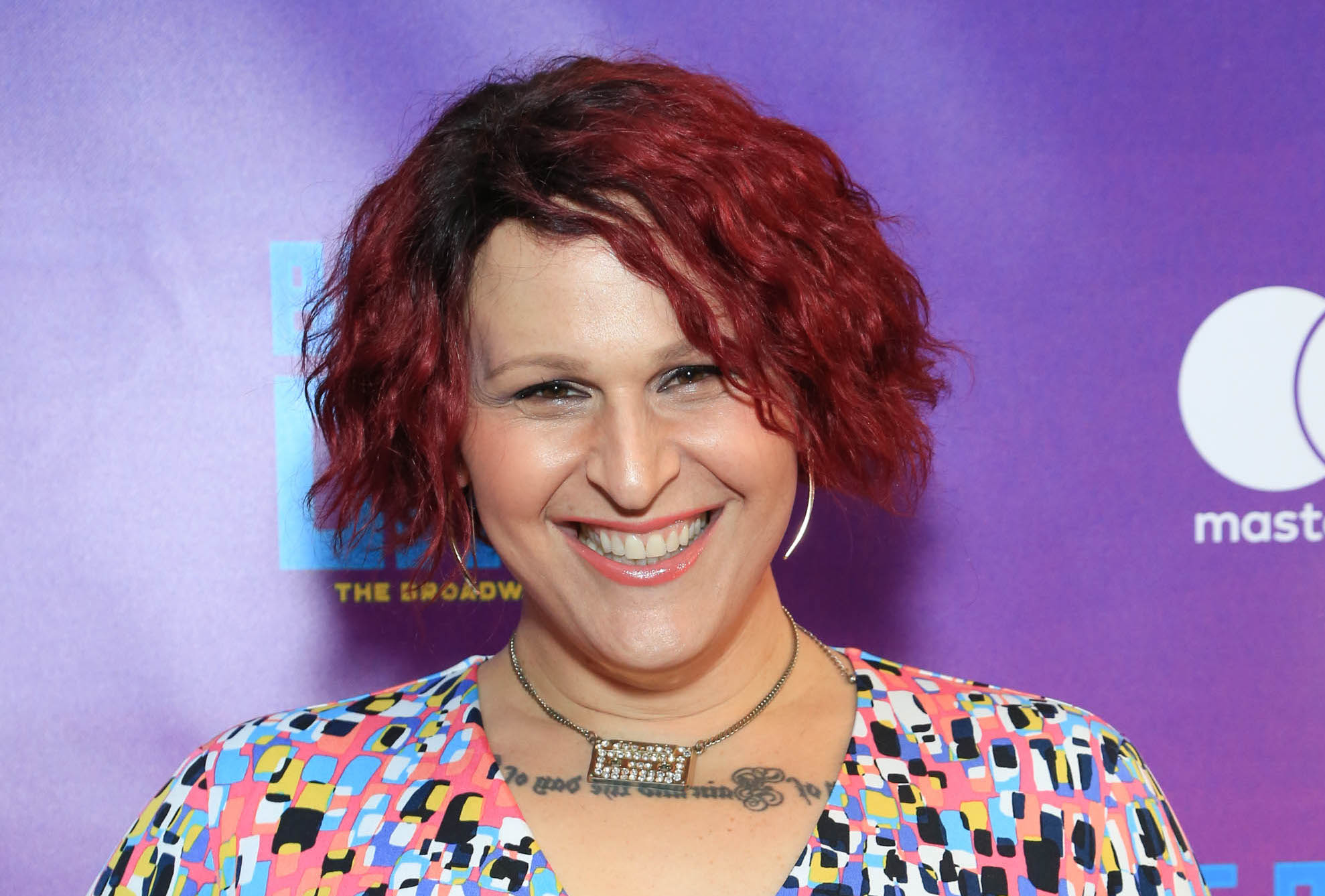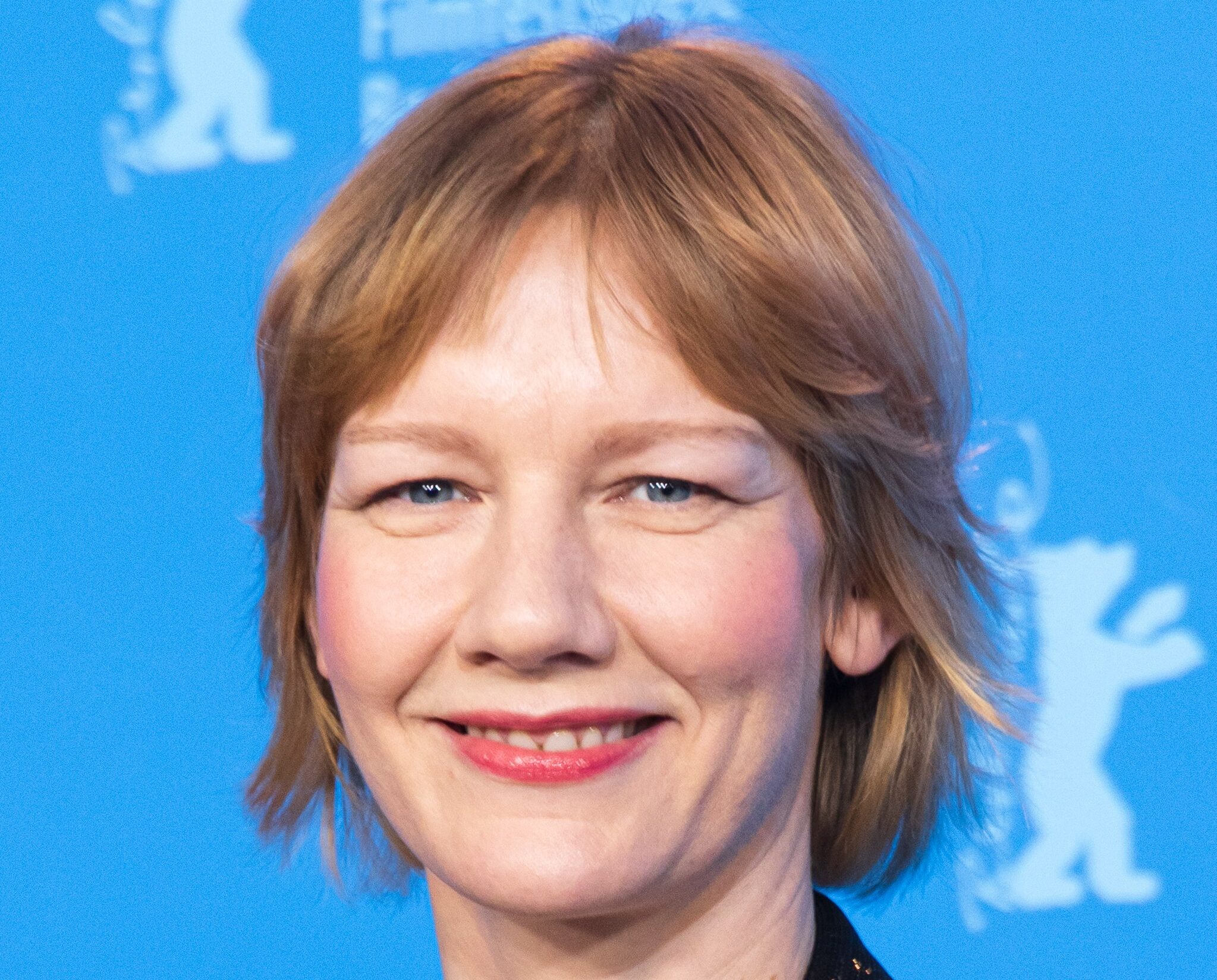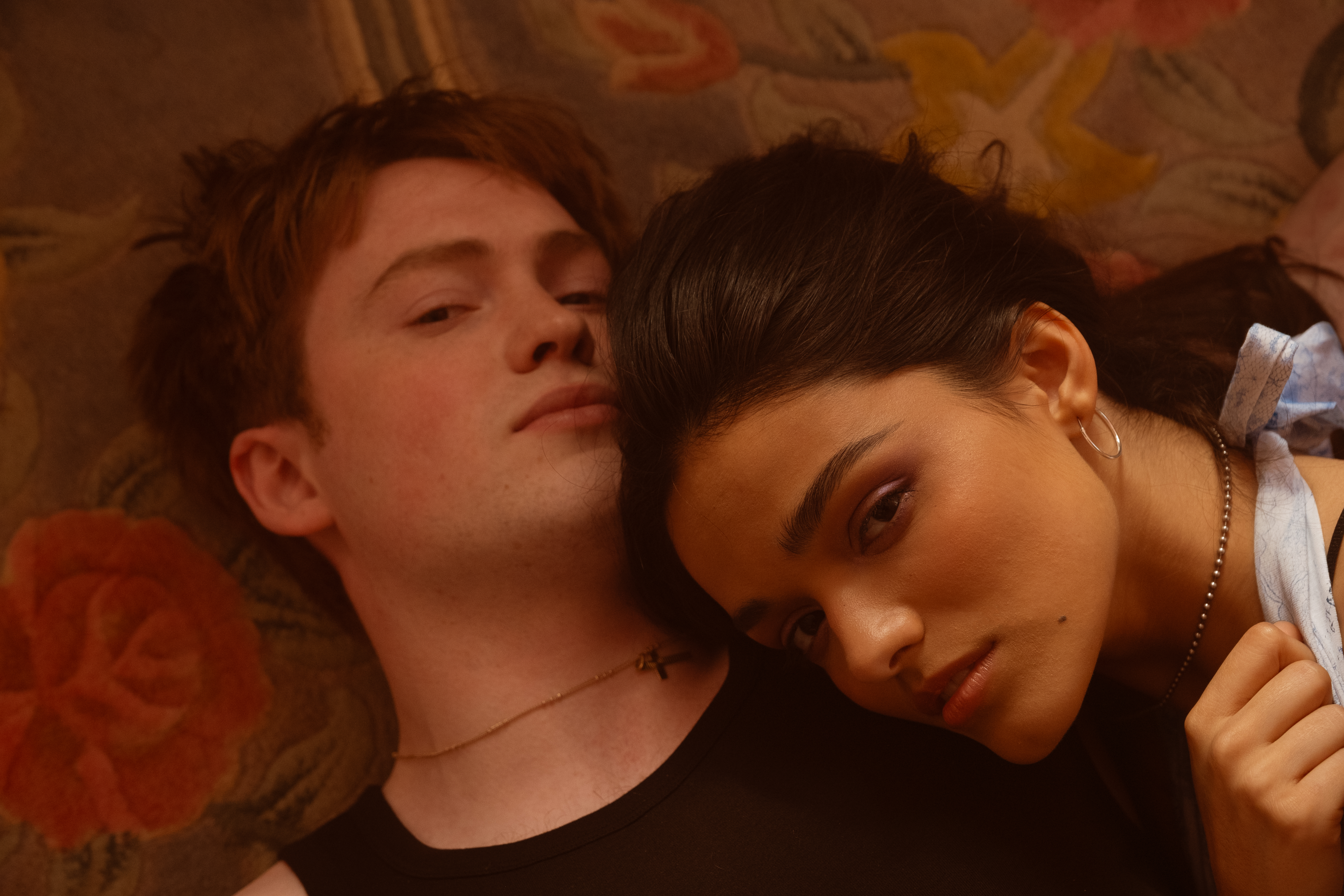Light Up the Sky
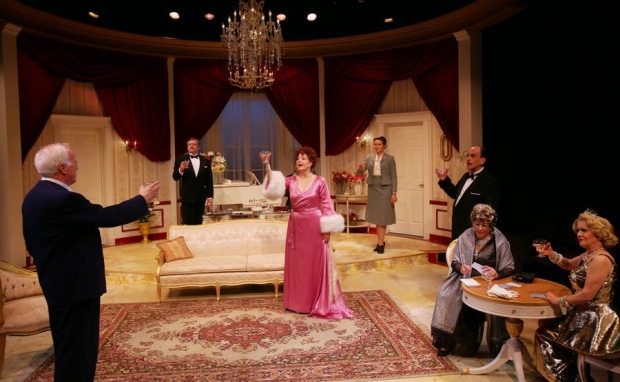
(© Mark S. Howard)
Sometime during the spring of 1943, two out-of-town tryouts were up and running in Boston: a musical by Richard Rodgers and Oscar Hammerstein II called Away We Go! and a new work by a young playwright, Peter Sloan. After a name change, the Rodgers and Hammerstein tuner Oklahoma! went on to make Broadway history. Though we will never know the fate of the fictional play by Sloan, Moss Hart gave it a history all its own, making it the centerpiece of his 1948 play Light Up the Sky. This backstage comedy picks up just after Sloan’s Boston opening night and follows the troupe of show-biz eccentrics, reveling in the bad behavior and self-indulgence of the collaborators involved in Sloan’s play.
Light Up the Sky is divided into three time periods: before the Boston world premiere, when the characters gather for a good-luck drink; after the performance, when they return in dismay at the audience’s reaction; and early the next morning, just after the reviews are read aloud, including one by Elliot Norton, the beloved dean of the local critics. The emotions for all concerned run the gamut from self-congratulatory to murderous, as the moods change and the various players run for cover.
Under the inspired direction of Scott Edmiston for Lyric Stage Company, some of Boston’s most outsize talents re-create the characters brought to extravagant life by Hart. There’s the affected director, Carleton Fitzgerald (a fey but knowing Will McGarrahan) who, after seeing the beauty of his work, wafts in proclaiming "I could cry"; the leading lady, Irene Livingston (the diva-esque Paula Plum), a portrait in manic behavior that’s calculated to keep her in the spotlight; her brash mother (a sardonic Bobbie Steinbach), a gin-swilling, card-shark version of Mama Rose; the fast-talking, smart producer, Sidney Black (Will LeBow with a feeling for schtick); and his wife, Frances (the riotous Kathy St. George), an ice skating star with a flair for comedy and shopping. The sweet-faced, overawed playwright Peter Sloan is deftly underplayed by Alejandro Simoes and makes an effective foil to the scenery-chewing leads. Hart also adds the proverbial voice of reason in Owen Turner (a magisterial Richard Snee), an older playwright who has been there, done that, and acts as an adviser to young Sloan.
The single elegant set, designed by Janie E. Howland, consists of a white-and-gold suite (complete with red velvet curtains ringing the room) at Boston’s Ritz-Carlton hotel. Gail Astrid Buckley’s costumes help define each personality. The complete period specificity reminds us of an era when Boston was a regular stopover on a show’s trajectory to Broadway.
With a shrewd bit of theatrical ingenuity in using the multitalented performers he has chosen, Edmiston turns the play into a musical, adding songs such as "Another Opening, Another Show," for McGarrahan at the piano, and "Why Must the Show Go On?" to give St. George a chance to display her singing chops, accompanied by LeBow. The play ends on a triumphant note of reconciliation when the entire cast belts out "There’s No Business Like Show Business." One can’t help but think that Hart, the director of the original production of My Fair Lady, would have approved.
Light Up the Sky holds up remarkably well, due in part to Hart’s skill in condensing less than a day and night into a two-hour runtime. And the still relevant one-liners Hart sprinkled through the script are expertly tossed off by the veteran members of the Lyric Stage cast. Much of the fun was in the palpable camaraderie of the actors, lighting up the stage and tearing decorum to shreds.




